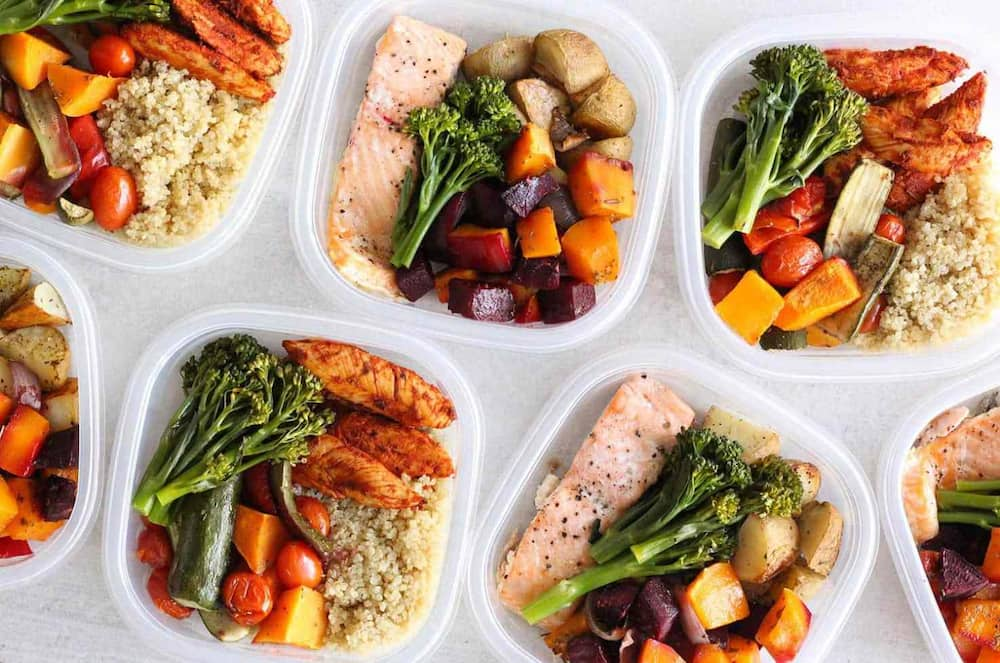
Comprehensive school health programs don't come in a single package. It must be designed and implemented locally. The WSCC Model requires collaboration among school stakeholders. This includes the parents, students, teachers, and health professionals. A strong school health program is only possible if there is a healthy learning environment. In addition, it should be safe and conducive to physical and mental well-being. The WSCC Model focuses on prevention and early detection of illnesses and injuries as well as evaluating effectiveness.
The WSCC model, which is the most popular model for school health, is a good fit for a number of reasons. The WSCC highlights the importance of community support and places students' needs in the centre. It emphasizes the connection between academic achievement, health, and the promotion of health through the use evidence-based school policies. SHI from the AFHK also contains cross-cutting questions that aim to support policies and practices related to multiple health topics.

While schools are unable to solve the nation's most pressing health problems, they can help coordinate the efforts of many different sectors to promote the health and well-being of young people. These efforts should involve parents, youth services organizations, health care professionals, the media, as well as community leaders. Although there is a list that has been approved for school health programs, the public lacks awareness. The goal of a school-based health care program should be to improve the lives of young people and their communities by reducing the health and educational costs.
The SHI guide offers a comprehensive assessment of school health. It identifies strengths, weaknesses, goals, and areas for improvement. The SHI report summarizes the responses of all respondents and offers recommendations for improvement. Schools can create a more inclusive and healthy environment for their students and staff by having a comprehensive SHI. This guide is designed to assist schools in creating a culture of good health within their school and promoting better health outcomes.
A comprehensive school health program addresses student health and wellness. It focuses on six priorities behaviors that have an impact on the well-being and health of young people. The program must address nutrition and foodservice as they account for nearly two-thirds all deaths and other morbidities in young people. In addition to offering these services, the model must include family involvement. Therefore, staff and parents should be involved in all aspects school health care.

Preventive services are emphasized in the WSCC Model. Extended services are provided by the WSCC model in a way that is not available in other settings. These services cover a wide variety of health topics and stress the importance that the family plays in the children's growth. The WSCC model promotes wholechild health. It can also improve communities' quality of living. These activities have a positive influence on the mental health and well-being of children.
FAQ
What is the Best Workout for Men Over 40 Years?
For older men, the best workout usually gives them more energy and improves their stamina.
It is important you remember that most people aged 40 and over experience a loss in testosterone. This results in lower sex drives.
However, this doesn't mean you cannot still enjoy physical activity. There are many studies that show regular aerobic exercise can raise testosterone in some men.
You can improve your sexual performance by starting an aerobics program.
What does butter do to men?
Butter is one the most nutritious sources of saturated oils. This fat is good for hair and skin health, as well as stronger bones.
Butter also contains vitaminK, which prevents bleeding after cuts and bruises. Vitamin K and vitamin B work together to prevent any bruising.
Butter also contains minerals like calcium, phosphorous and potassium. These elements promote stronger bones and teeth.
Butter does have some drawbacks. Butter has high cholesterol. Some studies show that consuming too much cholesterol may increase the risk of developing cardiovascular disease.
Butter is also high-fat, which can contribute to obesity and increase cholesterol.
Butter can be spread on bread, but you don't have to dip it into soups or salads if you absolutely must. Bread will absorb more oil than pasta or potatoes.
Is Cardio Better Than Strength Training?
Both are equally beneficial. If you want to increase muscle mass faster, cardio is the better option.
Cardio burns more calories in a minute than strength training and more fat.
Strength training is a great way to build muscle mass. However, it takes more effort than cardio.
Statistics
- Cardmembers earn 5% Back at Amazon.com with a Prime Credit Card. (amazon.com)
- According to the American Academy of Dermatology (AAD), men over 50 are at a heightened risk of developing it. (healthline.com)
- By John Thompson Take a whopping 38% off a set of PowerBlock Pros. (menshealth.com)
- An estimated calorie range for moderately active adult males falls between 2,200 to 2,800 calories per day, depending on age. (eatright.org)
- The PRS enabled risk stratification for overall prostate cancer and lethal disease with a four-fold difference between men in the highest and lowest quartiles (HR, 4.32; 95% confidence interval [CI], 3.16-5.89). (pubmed.ncbi.nlm.nih.gov)
External Links
How To
How do I lose fat by exercising?
Exercise burns calories through increased metabolism and oxygen consumption.
If you exercise with moderate intensity, you can safely lose weight.
These are the top tips for burning fat while you exercise.
-
Cardio exercises include swimming, running or cycling.
-
Exercise for 30 minutes three times per week.
-
Strength training is a great way to lose weight.
-
Avoid intense workouts. It is possible to build muscle without destroying muscle tissue.
-
Hydrate well during exercise. Water is essential for flushing out toxins and keeping your body hydrated.
-
After working out, make sure to drink low-fat proteins shakes. Protein shakes boost energy and repair muscle tissue.
-
Smaller meals are better for you.
-
Don't skip breakfast! Skipping breakfast can cause you to feel tired and sluggish.
-
Take care to your mental well-being. Stressful situations can slow metabolism.
-
Keep a positive attitude. Research shows that overweight people gain more weight if they believe they are overweight than those who believe they look good.
-
Get enough rest. You will have a harder time losing weight if you do not get enough sleep.
-
Stay active. Get up every hour and get moving.
-
Maintain a healthy diet. Eat right to feel satisfied and full for longer.
-
Find relaxation techniques. Your body won't release stress hormones that cause muscle tissue destruction if you have a tense mind.
A balanced diet is one that includes all of the essential nutrients required for growth.
Instead of eating three large meals a day, eat six smaller meals every day. This gives your body more time to digest the food you eat.
For strong bones to be maintained, you need approximately 500mg of calcium per day. Calcium is available in dairy products like milk, yogurt, fortified soy beverages, orange juice, cereal, bread, and cereals.
Calcium is found in leafy vegetables, beans and tofu, as well nuts, seeds and cheese.
Vitamin D is essential for calcium absorption. Vitamin D can be found in egg yolk, fatty fish, and other fortified foods.
Vitamin E is important for skin health. Vitamin E can also be found in vegetable oil, wheat germ oils, peanuts as well almonds, sunflower seeds and corn.
Your body requires zinc for normal immune function and wound healing. Zinc can also be found in legumes, oysters, meats and whole grains.
Zinc deficiencies can lead to fatigue, decreased appetite, depression, and reduced immunity.
Too much sugar leads to insulin resistance. This results in higher blood glucose levels. Insulin resistance is linked to weight gain.
Insulin resistance occurs when the bloodstream is full of free radicals. Free radicals refer to molecules that contain unpaired electrons. They can damage cell membranes and other body parts.
Free radicals come mainly from food additives, pesticides, herbicides, preservatives, smoking, air pollution, radiation, chemicals in cosmetics, lotions, and household cleaning supplies.
Free radical damage may lead to cancer, heart disease diabetes, arthritis, asthma and other conditions.
Eating a well-balanced diet with antioxidants is the best way to prevent free radical damage. Antioxidants protect against oxidative damage.
Vitamin C is found in citrus fruits and beta carotene is found in carrots.
Selenium, manganese (and zinc) are other antioxidant nutrients.
Selenium helps to protect cells against free radicals and oxidative stress. Selenium may be found in Brazil nuts as well tuna, liver and kidneys. It can also be found on shrimp, cod, turkey, beef lamb, pork, chicken, and other foods.
Copper protects the brain and eyes as well as the lungs and red blood cells. Copper is found in shellfishes, poultry, meat, organ meats, and other foods.
Manganese is an essential component of bone structure. Manganese is found in brown rice, spinach, bananas, prunes, raisins, oatmeal, and lentils.
Zinc helps with normal growth, reproduction, as well as wound healing. Zn is found in lean cuts of meat, white fish, poultry, and eggs.